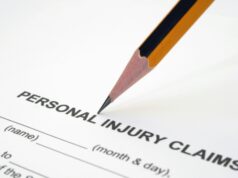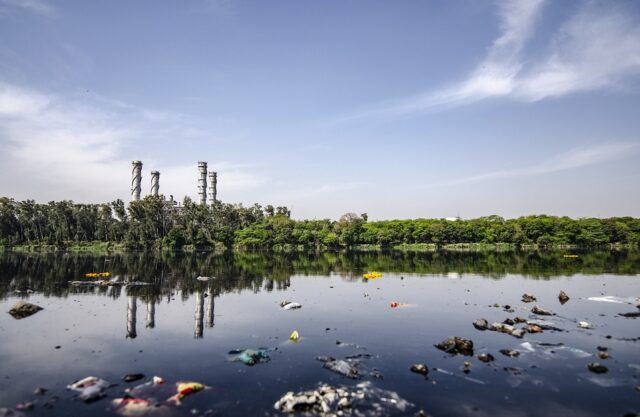
Toxic tort litigation refers to a specialized area of law developed to address cases where individuals or groups have been exposed to hazardous substances leading to personal injury or property damage. These legal actions are often cha
racterized by the complexities involved in proving a direct correlation between exposure to toxic materials and the resultant harms. Substances like chemicals, pollutants, and pharmaceuticals, among others, when mishandled or improperly disposed of, can contaminate air, water, and soil, thus posing severe and often long-term health risks. These cases unfold in various circumstances, including industrial accidents, environmental pollution, and unsafe pharmaceuticals, bringing to the fore the relationship between legal redress and scientific proof.
The relevance and gravity of toxic tort litigation are supported by statistical data and historical precedents. With an upsurge in industrialization and urbanization, there has been a parallel increase in the number of toxic tort cases. For example, the infamous case of Love Canal in the late 1970s, where a community was exposed to over 21,000 tons of toxic waste leading to serious health issues, illustrates the pervasive nature of this issue. Such instances not only spotlight the dire health and environmental consequences, but also emphasize the intrinsic link between legal accountability and corporate and governmental responsibility in safeguarding public health and the environment.
Key Concepts of Toxic Tort Litigation
Toxic torts encompass legal claims arising from exposure to harmful substances or environmental factors. These can include chemicals, pollutants, or pharmaceuticals that have adverse effects on individuals or communities. The nature and severity of harm can vary, from acute immediate injuries to long-term health complications, making each case complex and unique.
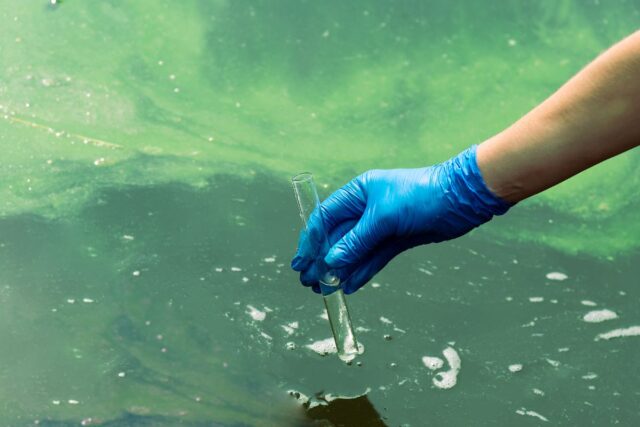
Plaintiffs
In toxic tort litigation, plaintiffs can be individuals, groups, or entire communities affected by exposure to hazardous substances. They may suffer from health issues, property damage, or other losses attributed to this exposure. Plaintiffs seeking legal redress should collaborate with a Houston personal injury lawyer to be successfully compensated for their injuries, healthcare costs, and other associated losses.
Defendants
Defendants in toxic tort cases are typically the entities allegedly responsible for the exposure to toxic substances. These can include corporations, manufacturers, or government bodies who failed in their duty to manage and control hazardous materials safely. The liability stems from negligence, strict liability, or breach of warranty, among other legal grounds.
Burden of Proof
Establishing liability in toxic tort cases requires plaintiffs to meet a stringent burden of proof. They must demonstrate a clear link between their injuries and the defendant’s actions or negligence. This often involves complex scientific evidence and expert testimonies to substantiate claims of exposure and resulting health impacts or property damages.
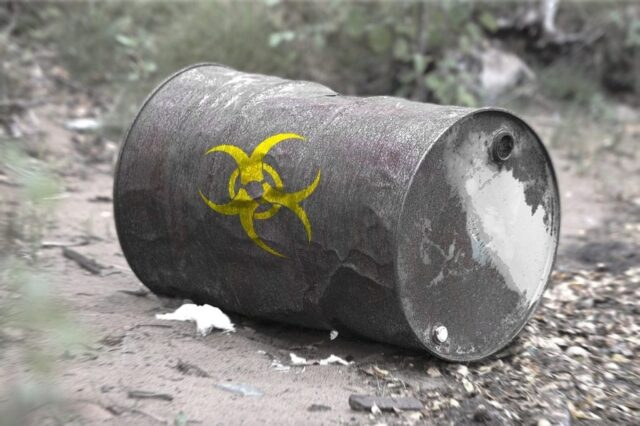
Challenges in Toxic Tort Litigation
Scientific Evidence
Scientific evidence serves as the cornerstone for establishing the causal relationship between exposure to toxins and resultant injuries or illnesses. Plaintiffs are often tasked with the complex and arduous job of proving this causation, which requires robust scientific data and expert testimony. The need for concrete, compelling evidence can pose significant challenges, especially given the complexities of environmental exposures and their impacts on human health.
Legal Complexities
On top of the scientific hurdles, plaintiffs in toxic tort litigation also face a myriad of legal challenges. They are required to adhere to the legal processes, rules, and standards that are often compounded by the powerful defense mounted by corporate or governmental defendants. Analyzing notable verdicts and settlements in the history of toxic tort litigation reveals a pattern of legal precedents that continue to influence the outcomes of these cases, often making the path to justice lengthy and complicated for those affected by environmental toxins.

Future of Toxic Tort Litigation
Toxic tort litigation is anticipated to evolve significantly in the coming years, influenced by emerging trends in technology, global environmental changes, and industrial developments. Recent cases hint at a future where technology plays a major role in both identifying and managing environmental health risks.
The ongoing impacts of climate change and industrial growth are expected to introduce new challenges and complexities to toxic tort cases. Amid these developments, preventative measures are gaining prominence. A multidimensional approach involving corporations, government entities, and communities is required. Corporations are being pushed towards increased transparency and safety protocols, governments are urged to enforce stricter regulations, and communities are becoming more informed and proactive in safeguarding environmental health, indicating a future marked by collective efforts to mitigate risks and prevent future instances of toxic exposure.
Notable Cases and Their Impacts
A profound analysis of cases like the Love Canal tragedy, the Erin Brockovich case, and the Deepwater Horizon oil spill, offers invaluable insights into the multifaceted impacts of toxic exposures. Each case unveils a narrative of health crises, environmental degradation, and the relentless quest for justice, underlining the dynamic interplay of legal frameworks, scientific evidence, and public sentiments.
In response to these momentous cases, laws and regulations have been enacted, amended, and reinforced to ensure stricter controls, accountability, and redress in instances of toxic exposures. However, the legislative responses are often as complex as the cases themselves, embroiled in debates balancing industrial growth, environmental protection, and public health. The ongoing dialogues in legislative chambers continue to shape and reshape the boundaries and frameworks of toxic tort litigation, echoing the perpetual evolution of our understanding of environmental toxins and their profound impacts on human health and ecosystems.
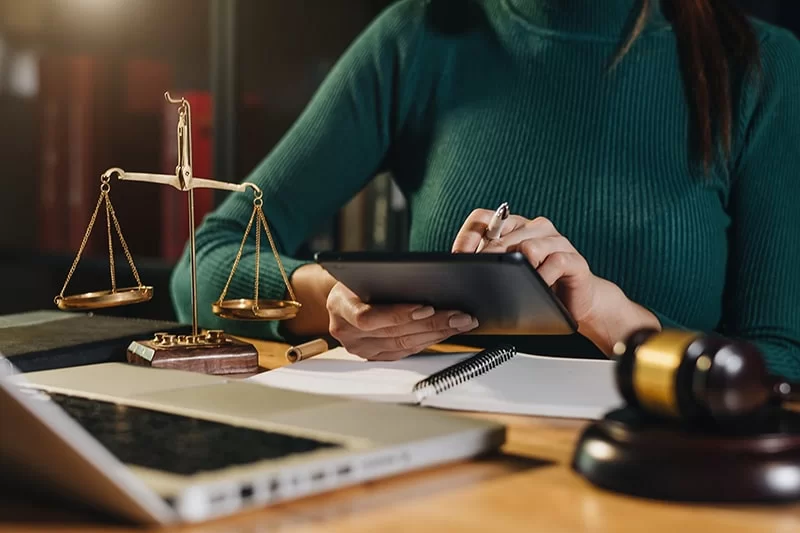
Toxic tort litigation stands as a complex yet vital mechanism to address the consequences of environmental exposures and safeguard public health. The urgency for enhanced preventative measures, stringent regulations, and collaborative efforts among corporations, governments, and communities remains. As we move forward, a collective, informed, and proactive approach will ensure justice for affected parties, fostering a safer, healthier environment for all.



